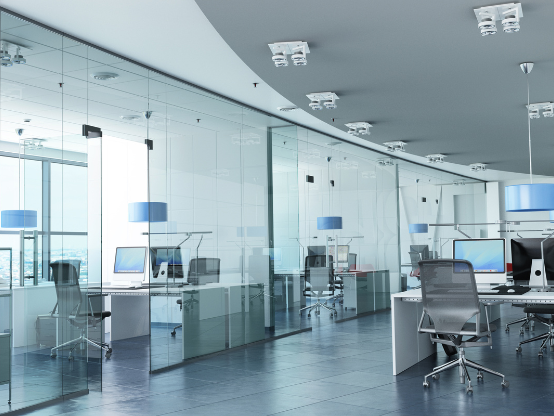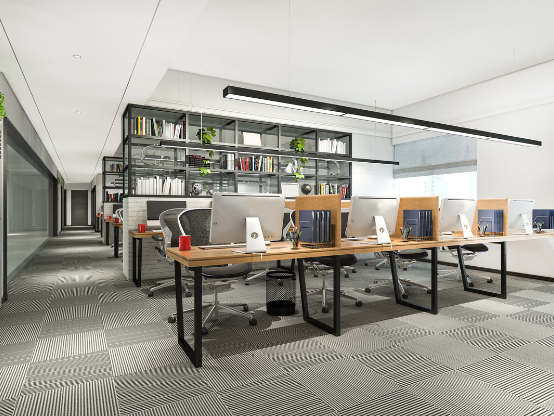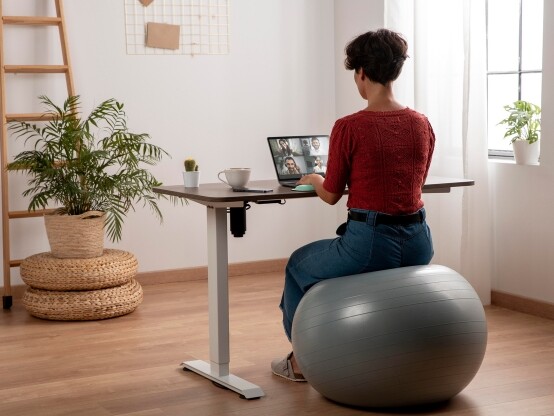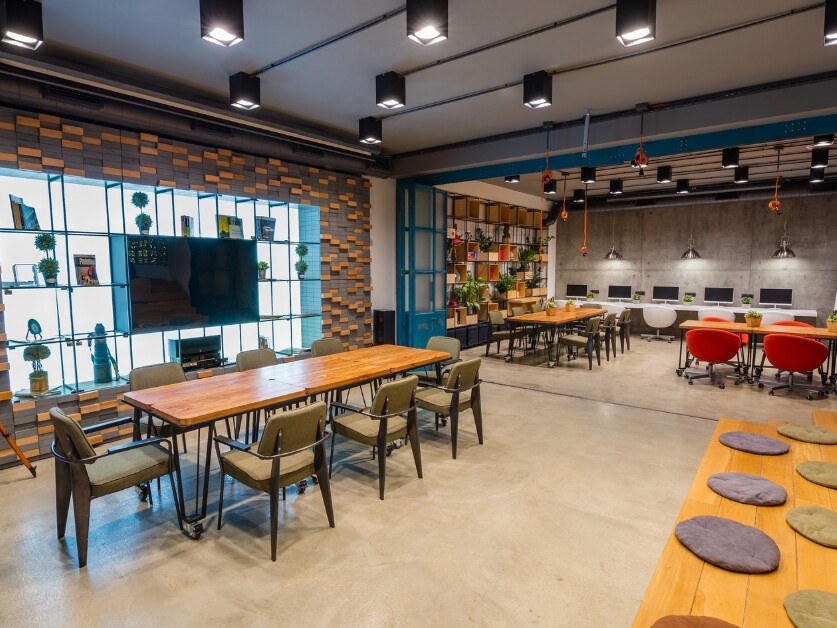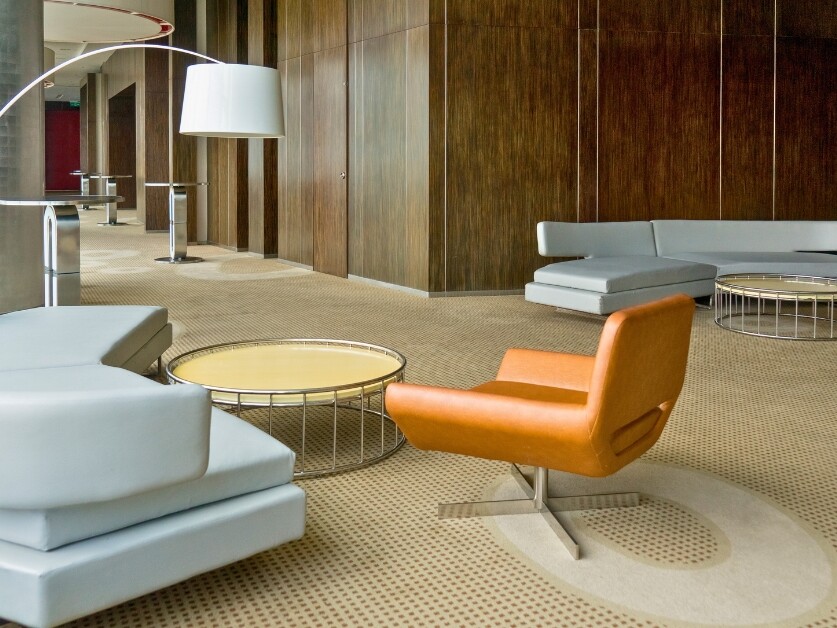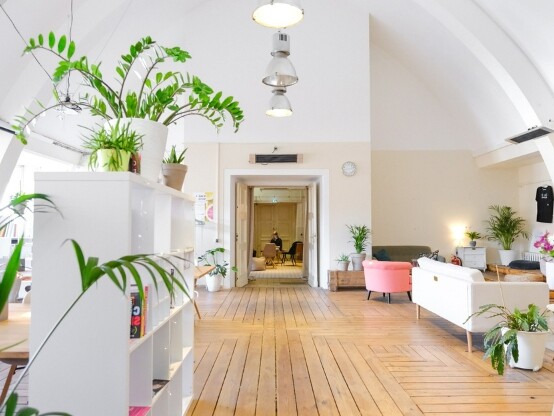The many cranes scattered across Denver’s skyline give visual evidence to the growth in the downtown real estate market. Denver has become a very attractive city for businesses to locate (and relocate), and developers are building space to accommodate the demand. Certainly the revitalization of Union Station has become a hub for much of the building and renovation of older buildings. The lower downtown areas of RiNo, LoHi and LoDo are the focus areas for much of this growth.
Technology companies, a growing sector of Colorado’s economy, have large numbers of young knowledge workers. The Millennial Generation (also known as Generation Y), with birth years ranging from the early 1980s to the early 2000s, are the lifeblood of these tech companies. This workforce trend will only increase; it is estimated that by 2020, 86 million Millennials will be in the national workforce, representing 40% of the total workforce population. The explosion of the Millennial workforce has fueled the boom in companies looking for urban business locations. Millennials want to work where they live, and with so many in this group choosing to live in downtown housing, it follows that they want to work downtown as well.
The type of spaces that appeal to this young workforce has significant impact on both real estate professionals and developers, as well as on the professionals that design their spaces. The trend of revitalizing old loft spaces started years ago and shows no sign of slowing down. Millennials want FUNKY. “Brick and Timber” spaces are commanding premium lease rates, but in the race to attract and retain the best talent entering the workforce, many companies are biting the bullet.
When weighing the higher rent in areas of lower downtown Denver, some companies are looking for alternatives to the high costs there. Some companies are looking to take newer building spaces and give them a rawer, “funkified” look and feel. Design professionals are then challenged with taking a different approach to create spaces that have a raw, urban feel. Open ceilings, stained concrete floors, coffee bars, and bike racks are replacing more traditional interior looks.
Amenities for Millennials does not necessarily mean the same as it did only a few years ago. Amenities in the past have been focused largely on niceties contained in the building itself. While these amenities are still valuable, the urban Millennial workforce considers surrounding amenities as much as those inside their own building. Gyms, coffee houses, restaurants, and other gathering places that are close to where Gen Y’ers work are often more important than those inside their building. “Location, location, location” is certainly a key mantra for companies looking to attract the best young talent.
Interior spaces for companies that value collaborative work look very different from the old, traditional private offices + cubicles + conference rooms model. Individual spaces have shrunk in favor of reallocating space for more communal work spaces, where casual interaction can occur. Progressive companies are looking for spaces to be more utilitarian and more versatile in function. Formal conference rooms have given way to spaces that encourage smaller, informal, serendipitous meetings where ideas can be shared without dedicating a room to a meeting. Fewer walls and more open space is what millennials want, and this type of environment supports their collaborative way of working. The emphasis is less on “I” and more on “we”, and spaces have to reflect this paradigm shift.
Where and how tenant improvement dollars are spent to support a Millennial-friendly workspace have shifted. The younger work force puts less value on a beautiful space and more on an urban space reflective of what they value and what interests them. Millennials represent the new generation of workers that will have profound impact on the futures of companies; where, and how, they want to work will continue to shape the landscape of Denver’s downtown market.
All this buzz about the Millennials begs the question of what happens once this generation matures and ages into their 30’s and 40’s? Generation “Z” is right behind them!
